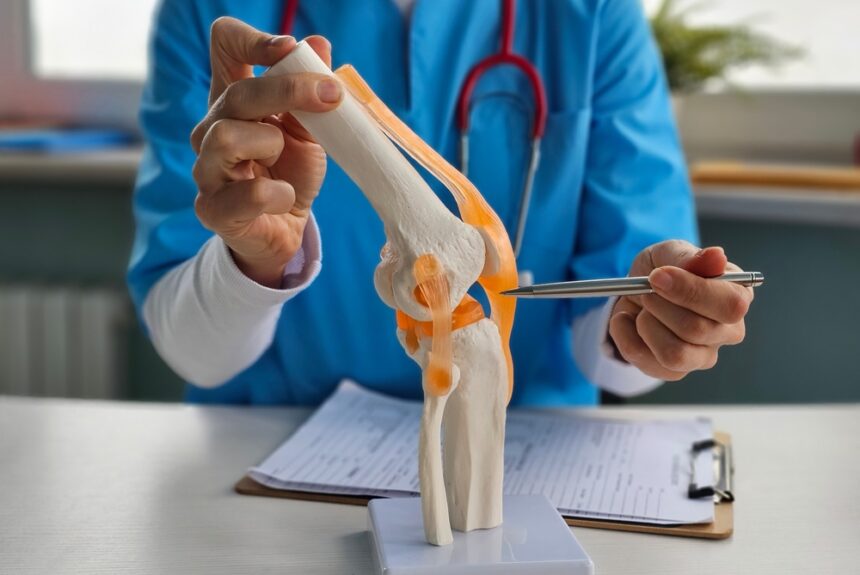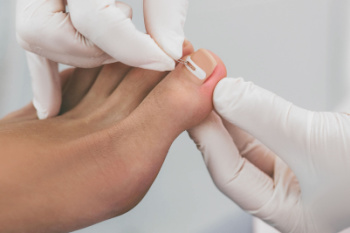Arthritis is a condition characterized by inflammation of the joints, which may lead to pain, stiffness, and reduced mobility. This discomfort can affect people of all ages and may range from mild to severe. Managing joint pain often involves a combination of approaches tailored to an individual’s specific condition and symptoms. Here are five different treatments for joint pain:
1. Topical Treatments
Topical treatments are applied directly to the skin over the affected joint. These products come in various forms, such as creams, gels, and patches. They contain active ingredients that are absorbed through the skin. The application of these products may provide localized relief from joint discomfort. A medical professional can determine if this approach is suitable for your specific type of pain.
2. Anti-inflammatory Medications
Oral medications are another method for managing joint pain associated with arthritis. Nonsteroidal anti-inflammatory drugs (NSAIDs) are a typical category of medication used for this purpose. These drugs work by reducing inflammation in the body, which in turn may alleviate pain and swelling in the joints.
You can purchase some NSAIDs over the counter, while others require a prescription. Doctors may prescribe other classes of medications for certain types of arthritis, like rheumatoid arthritis. These medications work to slow the progression of the disease itself.
A doctor will evaluate your condition to recommend an appropriate medication. Follow your doctor’s instructions carefully when taking these medications to ensure their effectiveness and minimize potential side effects. Regular check-ups may be necessary to monitor your progress and make any necessary adjustments.
3. Targeted Injections
When oral or topical treatments do not provide sufficient relief, a doctor might suggest targeted injections directly into the painful joint. This procedure involves administering medication into the joint space. A doctor typically performs the injection process in a clinical setting. The frequency and type of injection depend on the individual’s specific situation and the joint being treated.
4. Radiofrequency Denervation
Radiofrequency denervation, also called radiofrequency ablation, involves using electrical currents to target specific nerves. The process heats nerve tissue with radio waves. It is designed to block pain signals from the affected joint reaching the brain.
A physician guides a small needle to the nerve responsible for the pain. Once in place, the physician passes an electrical current through the needle to heat the nerve tissue. Generally, doctors reserve this procedure for individuals with chronic joint pain who have not responded to other treatments.
5. Physical Therapy
Physical therapy is a non-invasive approach focused on improving joint function and mobility. A medical professional can design a personalized exercise program to strengthen the muscles surrounding the affected joint. Stronger muscles can provide better support for the joint, which may help reduce strain and discomfort. The program might also include stretching exercises to improve flexibility and range of motion.
Get Treated for Arthritis Pain
Managing joint pain from arthritis involves exploring different treatment avenues with a healthcare provider. From topical applications and medications to specialized procedures and physical therapy, various options exist to address discomfort and improve joint function. If you are experiencing joint pain, taking the step to consult with a specialist can help you understand your condition and find a suitable management plan. Contact a pain specialist today to schedule a consultation and learn more about your treatment options.









